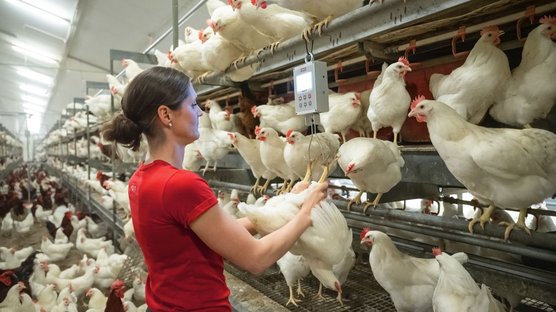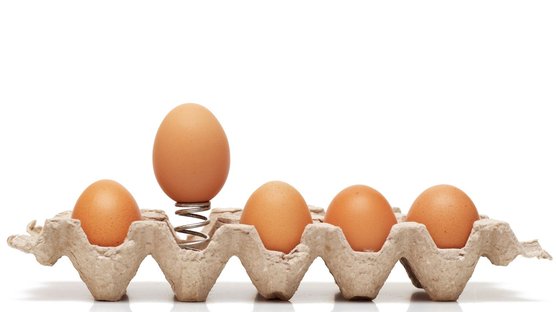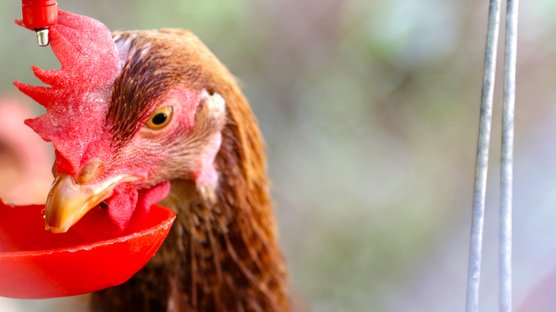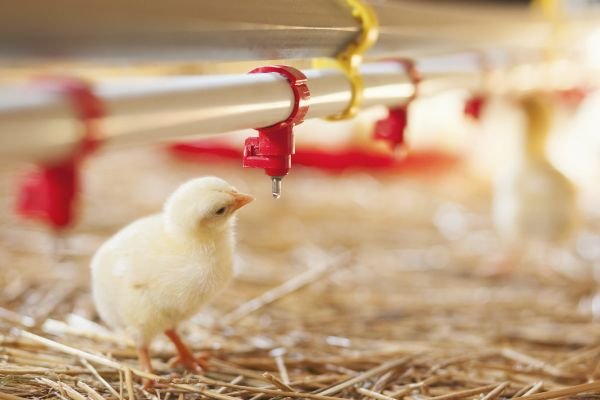
Published on Oct. 18, 2023
Optimal Chick Start: Unlocking Excellence
In this article we will address key-focus-points in the rearing period, as a strong chick start forms the cornerstone of optimal pullet development. This approach is instrumental in realizing their genetic potential throughout the production cycle. Here, we delve into essential practices that define successful early-stage management for Infrared Beak treated chicks.
As the rearing period is such a crucial period, it is important to focus on the various aspects of the rearing period. Below we will focus on Poultry nutrition and water, density, light management and climate and ventilation.
Feed:
Precision in feed formulation is key, aligning with the nutritional recommendations from genetic experts. Crafting a chick starter feed that caters comprehensively to their early-stage nutritional needs is paramount, while also stimulating their feeding behaviors.
- Early-Stage Feeding: Facilitate immediate feeding through strategic practices like paper feeding upon placement, ensuring a seamless transition.
- Size Matters: Choose the right particle size and powder percentages, based on feed type (crumble vs. mash), ensuring optimal intake and performance.
- Crop Confidence: Gauge success by assessing crop fill at 6-, 12-, and 24-hours post-placement. A 100% crop fill within 24 hours is indicative of a promising start.
Lighting:
Effective lighting is more than just illumination; it's a navigational tool guiding chicks to feed and water sources. Thoughtful lighting arrangements optimize their initial experiences.
- Strategic Illumination: Achieve recommended LUX levels (30-40) at feeder and drinker levels, encouraging early feed and water intake.
- Gradual Transition: Begin with continuous lighting (24 hrs) for the first 1- or 2-days post-arrival, aiding recovery from transport stress. Gradually transition to intermittent lighting for rest and activity periods.
Air - Temperature & Relative Humidity:
Chickens, being warm-blooded (homeothermic), only have the ability to efficiently maintain uniform internal body temperature when the ambient temperature is within certain limits. [MW1] A chicken [MW2] [MW3] cannot adjust to extreme temperature conditions (too cold or hot). Temperature and humidity management are crucial components.
- Temperature Precision: Adhere to our recommendations for brooding temperatures, ensuring uniform warmth across the facility. Pre-heating is very important. Required brooding temperature should be achieved in brooding/pen house before arrival of chicks.[MW4]
- Humidity Balance: Maintain 40-60% relative humidity during early brooding stages to promote chick comfort and health.
Please note that Temperature and RH should be recorded at bird level!
Water:
Water, a fundamental yet often overlooked requirement, is central to early chick development. Water consumption in first 24hrs after placement is vital to maintain hydration levels of the chicks. Ensure clean, palatable water that meets specific quality standards. Consider employing sanitizers, acidifiers, and softeners based on water quality.
Water should be easily available for the chicks. 360 degree drinking nipples play[MCC5] [MW6] [MCC7] crucial role in easy access to the water. Supplement drinkers in early stages after placement also help to provide easy access to water. Water pressure in nipple drinkers is very crucial, about 60ml/ min should be achieved. A hanging drop at the tip helps chicks’ visibility to nipple drinkers[MW8] .
Space:
Space/Stocking density is also a key factor in chick start. Standard recommendation of floor space allotment should be followed to decide the number of chicks per cage box or brooding area. Proper space allocation ensures optimal comfort and resource access. Overcrowding [MW9] will have negative effects on chicks’ growth.
- Thoughtful Allocation: Follow recommended floor space guidelines to determine suitable chick capacity per cage or brooding area.
- Resource Accessibility: Proper spacing ensures unfettered access to feed and water, aligning with feeding space and nipple drinker placement standards.
This article has been written with the input of the Nova-Tech Engineering team of experts.

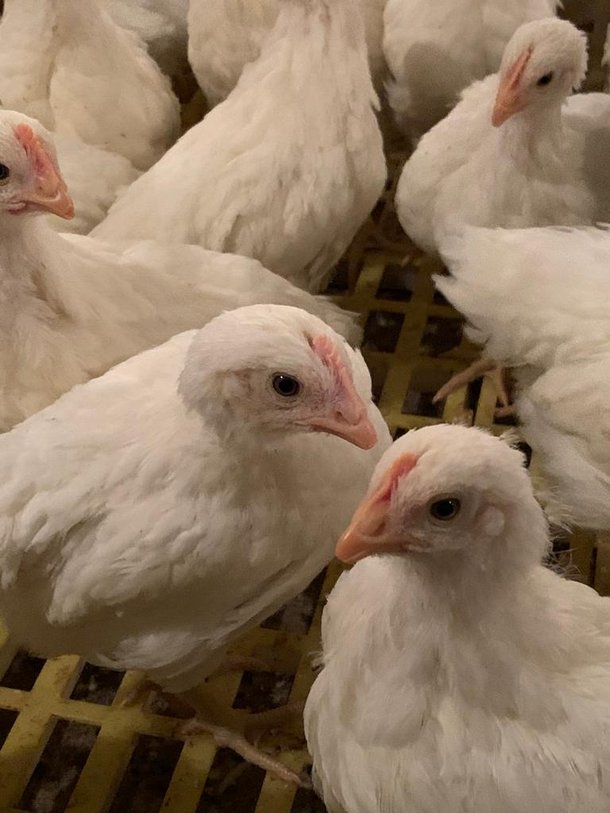
Pictures made by the Nova-Tech Engineering team of experts.

